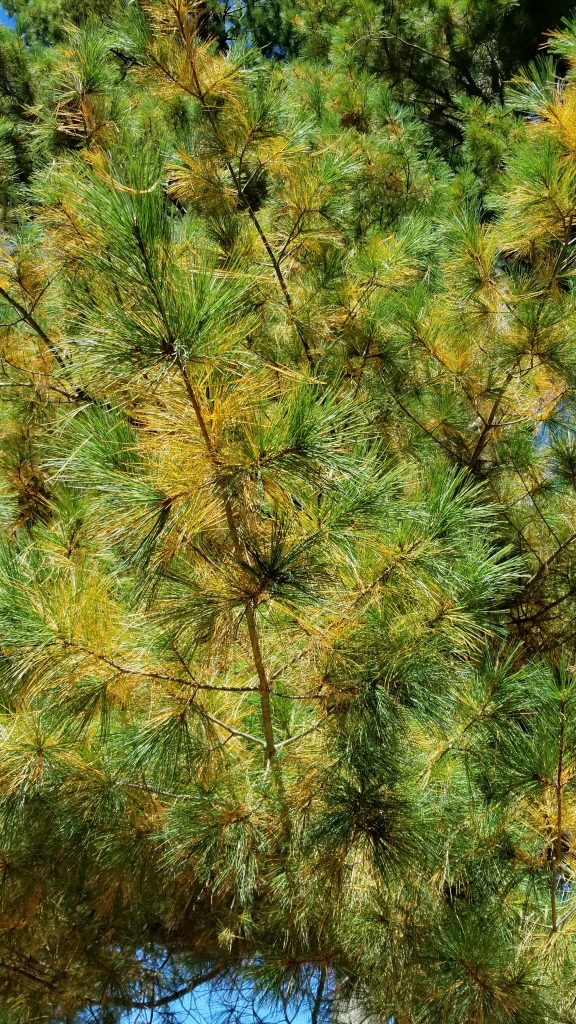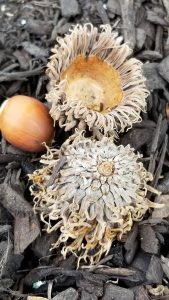
According to the calendar fall is here. But when you look outside it is still a bit difficult to tell. With temperatures in the 80s and high humidity it certainly doesn’t feel like fall.
Though the bright jewel-tones of autumn are yet to show their colors in the garden in a showy display, there are clues that the weather is changing and we are in a transition from summer to winter.
Leaf-peepers are those folks who travel near and far to observe the changing of the leaves in fall. Perhaps they watch the color change maps online and plan weekend getaways to see the best displays. Or perhaps they participate in their own citizen science and let people all over the world know when colors change in their neighborhoods.
This will be my first fall in the garden and people have been telling me how spectacular it is. Fall is my favorite season (though when I put my snowboard on, winter becomes my favorite season every year) and I don’t want to miss a bit of it. I have exploring the grounds for signs of fall.
During fall the focus seems to be on the changing of the leaves. And rightfully so, our diverse deciduous forest is unique in the world for its color change and color range. However, there is a lot more to fall than changing leaves.
Flowers
Don’t forget about our fall blooming flowers. Many continue to bloom well into the late part of the season provide ornament as well as much needed nectar for roaming pollinators.
- Cutleaf Coneflower
- Blue Mist Flower
- Goldenrod
- Turtlehead
- Japanese Anemone
- Aster
Fruit
Autumn is the time of harvest and bounty. Animals are out collecting their stores for the winter. Squirrels can be seen running around the Arboretum and scaling trees with hickory nuts in their mouths. A close look at the plantings this time of the year reveals colors as bright as the leaves we are waiting for.
- Passion Fruit
- Inkberry
- Winterberry
- Japanese Scholar Tree
- Purple Beautyberry
- Sawtooth Oak
Leaves?
One of the first signs of fall I noticed here was the changing of the white pine needles. These turn a stray color early in the fall and layer the ground in fragrant, soft mulch. Often mistaken for plant exhibiting stress these tan needles are just the oldest needles on the tree falling. Evergreens do hang on to needles throughout the year, but they don’t keep ALL of their needles. The oldest fall to the ground each year. The age of the needles varies from 1-3 years on average depending on species. And yes, needles are leaves. They are modified leaves that have reduces their surface area and have a waxy coating so they do not lose moisture while they are hanging on the trees through our windy dry winters.

White Pine
Come and visit in each season. Look for the subtle and the conspicuous.













